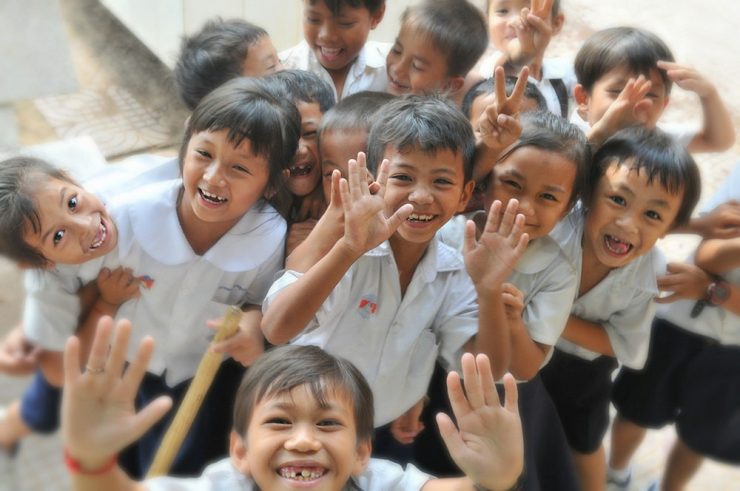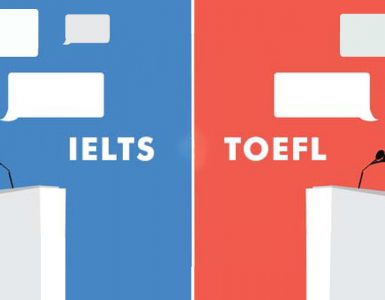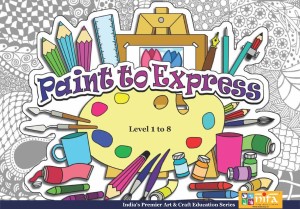Every right-thinking country strives to offer its children the best possible start in life. It does this by aiming to build the best education system it possibly can. As a part of this endeavor, they rely on strong educational policies, committed stakeholders, and the potential of students. It takes many hands to create a successful educational experience for students.
Education systems are a result of this conscious effort. While the intent may be there, the implementation can be a bane for many countries. Some just don’t manage to get it right and on the other hand, there are countries that have excelled in creating superb, robust systems that bring out the true qualities in a child.
There are various surveys that are done globally to ascertain the best countries for education and hence, the list of toppers can vary. When there are debates about the world’s top-performing education systems, the names that usually get mentioned are the Asian powerhouses such as Singapore and South Korea or the Nordic know-alls, such as Finland or Norway. However, some countries rank consistently high regardless of the survey.
The 2019 Best Countries rankings formed in partnership with BAV Group, a unit of global marketing communications company VMLY&R, and the Wharton School of the University of Pennsylvania, are based on a study that surveyed more than 20,000 global citizens from four regions to assess perceptions of 80 countries on 75 different metrics.
The top 5 in this list comprise the United Kingdom, the United States, Canada, Germany, and France. India ranks 34th, two spots lower from its ranking last year.
The 2019 Best Countries for Education are ranked based on a perception-based global survey, which used a compilation of scores from three equally-weighted country attributes: well-developed public education system, students who would consider attending university there and ones that provide top-quality education. A mix of federally run and decentralized education systems rank highest.
TOP COUNTRIES FOR EDUCATION
United Kingdom (UK)
The UK is one of the world’s most popular destinations to study higher education, with more than 500,000 international students enrolling each year. One of the world’s leading destinations for international students, second only to the USA. UK universities are among the best in the world and consistently perform well in world rankings. They also have a reputation for world-class research. UK higher education degrees and qualifications are recognized by employers and academics worldwide. Students get the opportunity to develop the skills, knowledge, critical thinking, and connections to drive forward their careers.
United States of America (USA)
The USA is one of the most popular educational destinations in the world for aspiring students of all categories – from K-12 to university education. This is because it has the best education system one could ask for on many fronts – from attracting the best teachers to free public education. Many Indian students aspire to get into US grad schools, thanks to their status as having the best education system.
Canada
Canada has climbed into the top tier of international rankings. In the Program for International Student Assessment (PISA), an important tool for measuring education systems worldwide tests, Canada was one of a handful of countries to appear in the top 10 for mathematics, science, and reading. At the university level, Canada has the world’s highest proportion of working-age adults who have been through higher education – 55 percent compared with an average in OECD countries of 35 percent
Germany
The German education system has an excellent reputation, and a significant number of foreign students study at German universities. Its Gymnasien (high schools, which prepare pupils for university) also have an excellent reputation, especially for vocational training.
France
The French education system long enjoyed a reputation for having one of the best education systems in the world, with a nationally set curriculum, traditional methods of learning, high academic standards and strict discipline. Education in France is based on a national curriculum and compulsory from ages 6 through 16, though most students attend a form of preschool and many moves on to higher education. Philosophy plays a major role and each year, graduating high school students take the baccalauréat, an academic qualification required to seek university studies.
Finland
Though it ranks 11th in this survey, Finland is among the top-ranked education systems in the world. It’s consistently one of the highest performing developed countries on the PISA test. Finnish students only take one standardized test during their entire primary and secondary schooling and spend relatively little time on homework. Finns place a lot of value on free time and play. By law, teachers must give students a 15-minute break for every 45 minutes of instruction. In Finland, teaching is one of the most revered professions with a relatively high barrier to entry. Only one in 10 students who apply to teacher education programs are admitted; they teach fewer hours during the day and get paid more.
Japan
In Japanese schools, the students don’t take any exams until they reach grade four (the age of 10). They just take small tests. It is believed that the goal for the first 3 years of school is not to judge the child’s knowledge or learning, but to establish good manners and to develop their character.
In Japanese schools, students clean the classrooms, cafeterias, and even toilets all by themselves. The Japanese education system believes that when students clean up after themselves, it teaches them to work in a team. In public elementary and junior high schools, the lunch for students is cooked according to a standardized menu developed not only by qualified chefs but also by health care professionals. All classmates eat together in their classroom with the teacher. This helps build positive teacher-student relationships.
Post-school workshops are given great importance and students are taught Japanese calligraphy or Shodo. Japanese students don’t skip classes, nor do they arrive late for school. Moreover, around 91 percent of pupils in Japan reported that they never, or only in some classes, ignored what the teacher lectured.
At the end of high school, Japanese students must take a very important exam that decides their future. A student can choose one college they would like to go to, and that college has a certain score requirement. If a student doesn’t reach that score they probably don’t go to college. The competition is very high — only 76 percent of school graduates continue their education after high school.


















